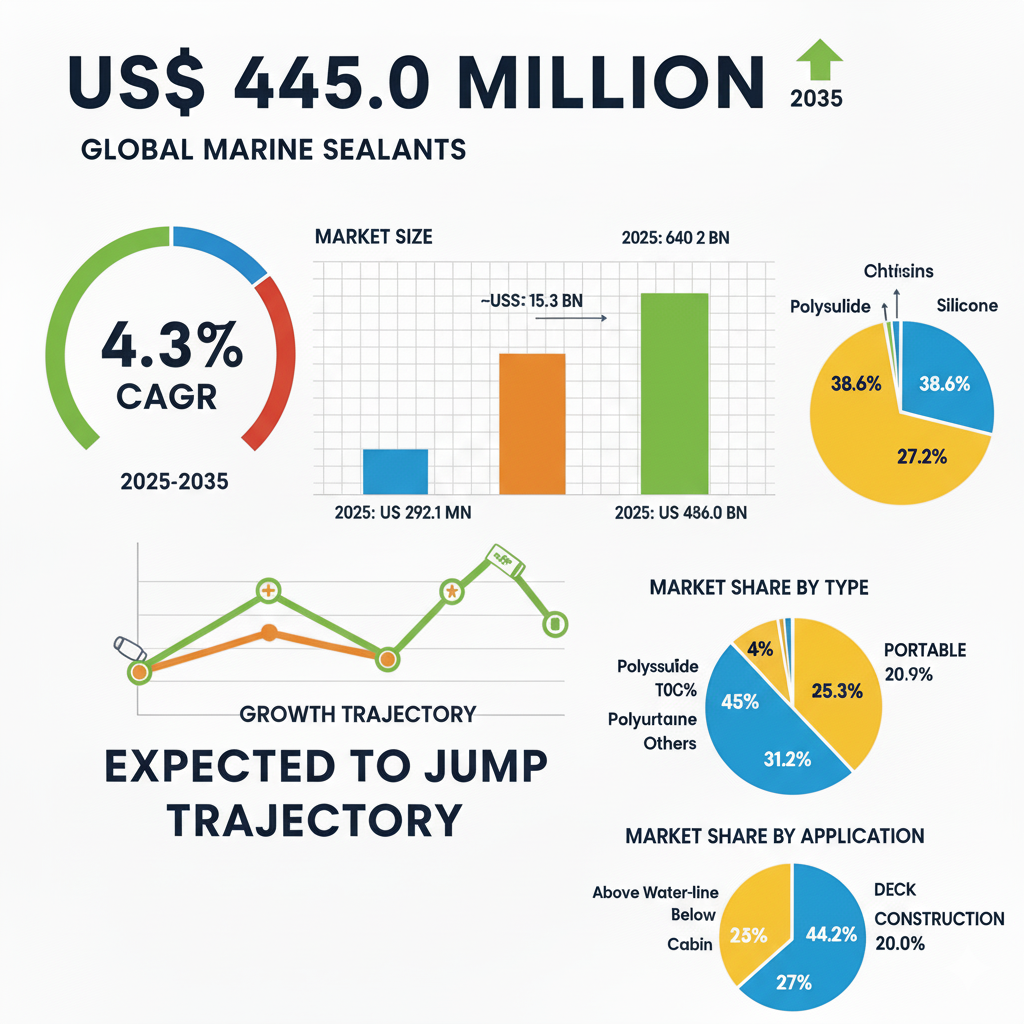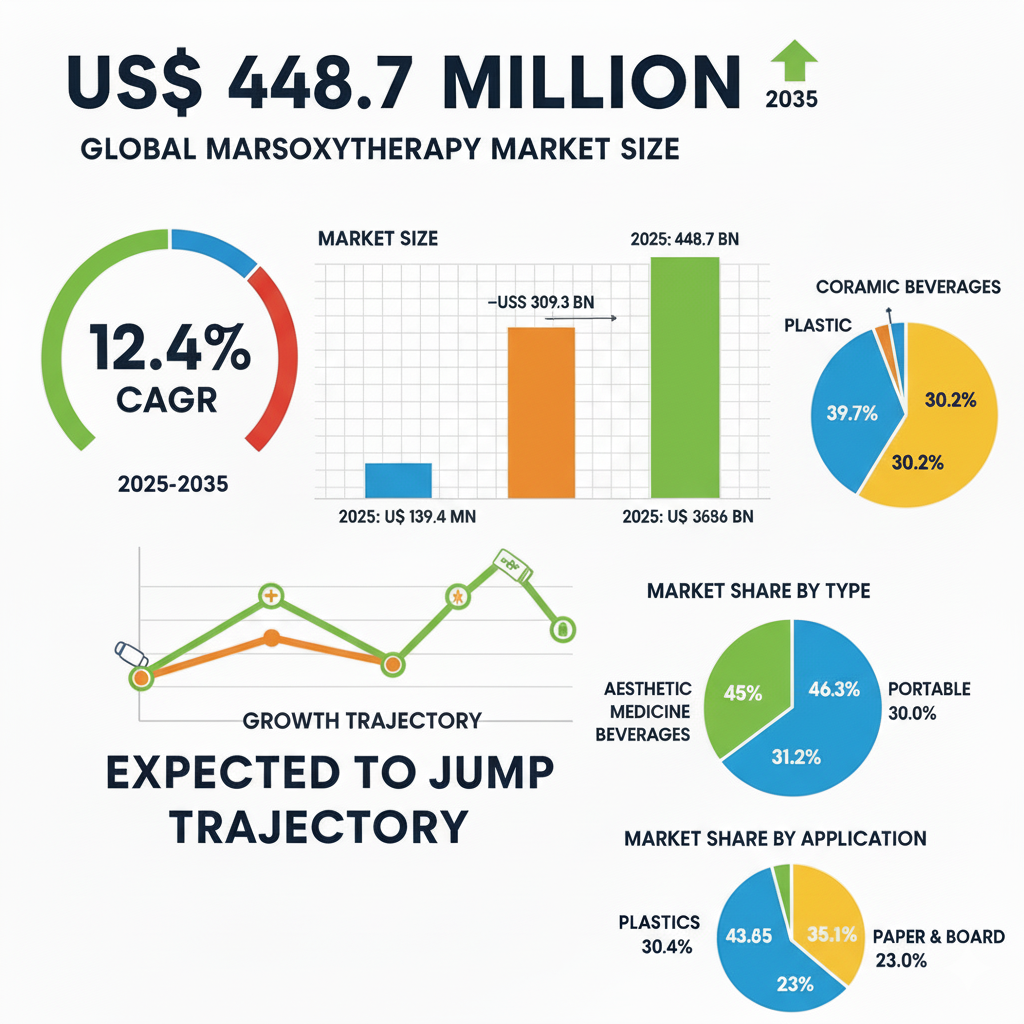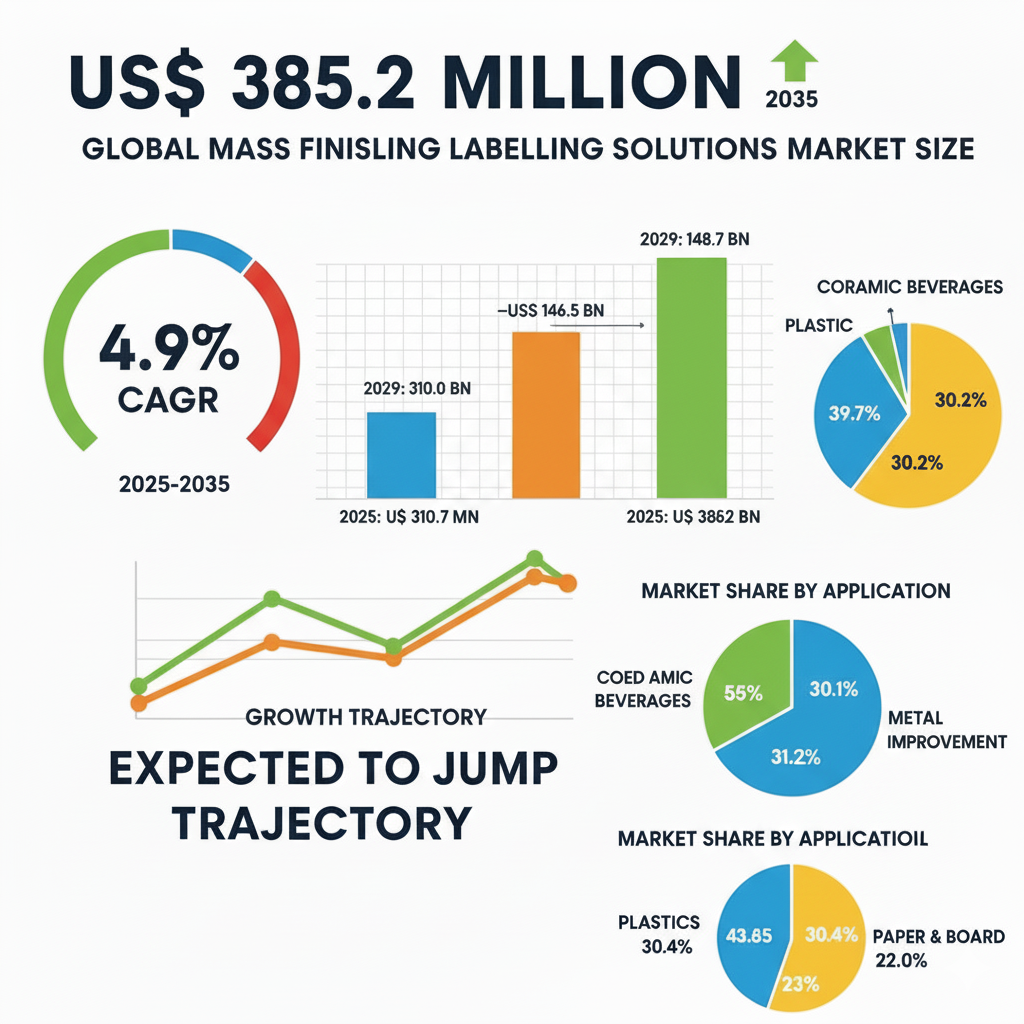It’s hard to believe, but most armies are still clinging to 20th-century mobility in a world defined by 21st-century threats.
Steel tracks. Loud, heavy, destructive. They shake the chassis, scream across roads, and turn soft terrain into a graveyard for logistics. In a modern battlefield—where stealth, speed, and flexibility are everything—they’ve become more burden than asset.
Enter rubber tracks. And no, this isn’t about comfort. It’s about survival.
According to Future Market Insights, the rubber track market for defense and security is projected to grow from USD 147.6 million in 2025 to USD 261.9 million by 2035, expanding at a 5.9% CAGR. That number isn’t a footnote. It’s a flashing red signal: the world’s most prepared militaries are rethinking how they move.
Mobility wins wars. And rubber, not steel, is quietly becoming the smarter armor beneath the machine.
Get Ahead with Our Report: Request Your Sample Now!
https://www.futuremarketinsights.com/reports/sample/rep-gb-6470
Steel Was Built for Yesterday’s Wars
Let’s not romanticize outdated tech. Steel tracks were revolutionary—for the trenches of Europe in 1944. But modern combat doesn’t happen in fixed lines anymore. Today’s operations cut through dense cities, frozen tundra, fragile ecosystems, and crowded highways.
Steel tracks? Too loud. Too heavy. Too easy to spot, break, and bog down.
Rubber tracks, on the other hand, are a tactical upgrade hiding in plain sight. They’re lighter, quieter, more fuel-efficient. They reduce road damage, vibration, and fatigue on both machines and soldiers. And yet—many defense forces are still slow to adopt.
That hesitation isn’t strategic. It’s stubborn.

Militaries Say Mobility Matters. Then Ignore It.
Here’s the contradiction: military doctrine everywhere emphasizes mobility. Yet procurement budgets often prioritize firepower and armor at the expense of how fast—or where—you can actually deploy that firepower.
Rubber tracks solve that. They’re not a compromise. They’re a force multiplier.
FMI’s market forecast reflects a growing awareness. Tactical transports, support vehicles, even unmanned ground systems—are all moving toward rubber platforms. Why? Because battlefield commanders know that a vehicle that moves more quietly and more flexibly lasts longer.
In short: mobility is survivability. And rubber tracks help deliver both.
Exhaustive Market Report: A Complete Study
https://www.futuremarketinsights.com/reports/rubber-tracks-for-defense-and-security-market
War Isn’t the Only Mission Anymore
This isn’t just about combat. More and more military units are deployed in disaster relief, humanitarian aid, and domestic emergencies. In those missions, damaging infrastructure isn’t an option. Rubber tracks offer a softer footprint—literally and politically.
Steel rips through roads and terrain, creating more problems than it solves. Rubber glides over them. It’s the kind of logistical simplicity that turns a delayed convoy into a successful mission.
FMI also notes that climate-related deployments—flood rescues, wildfire evacuations, unstable terrain support—are driving increased interest in rubber track-equipped vehicles. This isn’t trend-chasing. It’s adapting to a changing world, where the battlefield may be a burning suburb or a collapsed highway.
The Excuses Have Worn Thin
Too expensive? Not anymore. Today’s rubber tracks are reinforced, battlefield-tested, and cost-effective over time. Not durable enough? Tell that to the armored personnel carriers rolling on them in real-world combat zones. Still stuck on tradition? Then prepare to get stuck—literally.
The future of defense mobility isn’t made of noise, weight, and outdated metal. It’s made of silence, speed, and smart materials.






